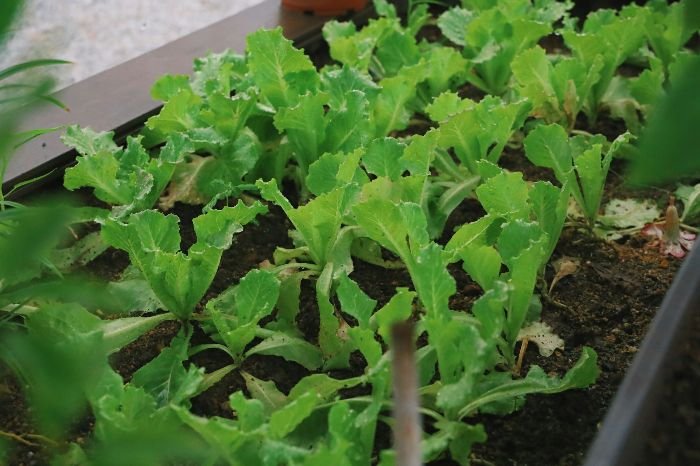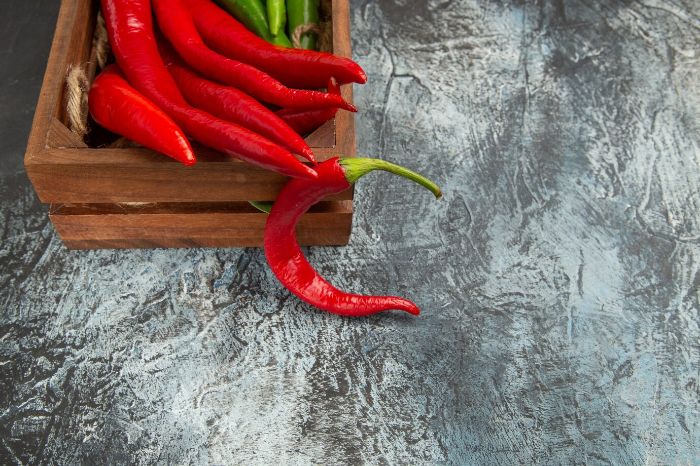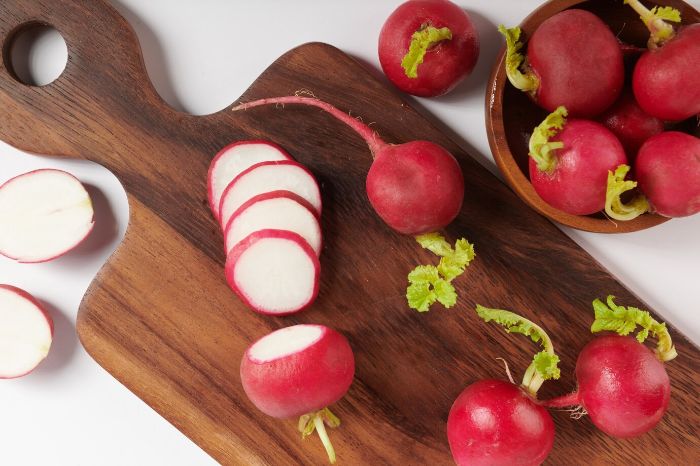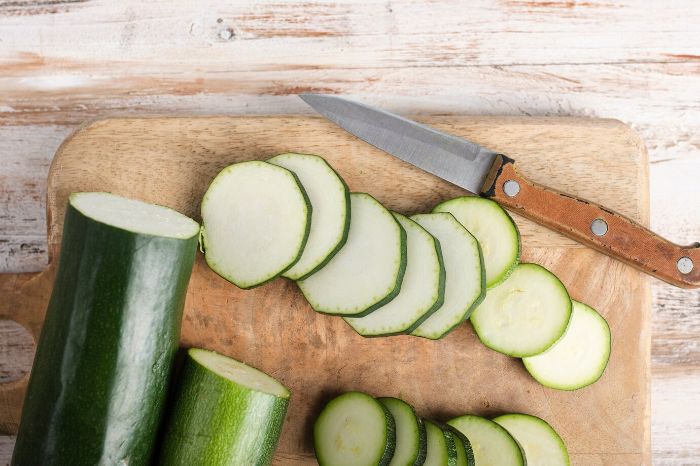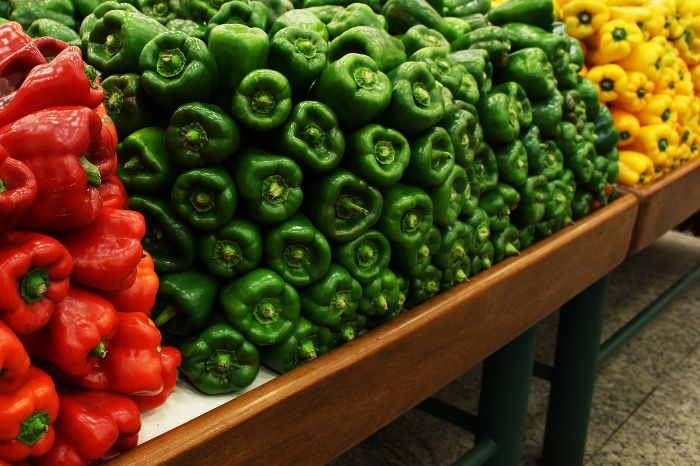Growing arugula can be fun and tasty. It starts with planting the seeds and ends with enjoying the salad. Each part of its growth is important for a good harvest. Have you ever thought about how to grow arugula from the start to eat it later?
This guide will show you every step of growing arugula. You’ll learn to pick the best types and how to care for them. We’ll talk about how to handle fast growth and when to pick the leaves. Are you excited to learn the secrets of growing arugula yourself?
Key Takeaways:
- Understanding the stages of arugula growth is essential for successful cultivation.
- Selecting the right arugula varieties is crucial for flavor and growth characteristics.
- Proper soil preparation and optimal germination conditions are necessary for healthy seedlings.
- Caring for arugula seedlings and promoting vegetative growth are key to a thriving crop.
- Managing rapid growth, spacing, and thinning is important for healthy and productive plants.
- Harvesting arugula leaves at the right time ensures peak flavor and freshness.
- Post-harvest care and maintenance techniques help to prolong arugula flavor and quality.
Table of Contents
About Arugula Growth
Arugula, also known as rocket or salad rocket, is a popular leafy green. Many home gardeners love growing it. It offers lots of benefits, making it great for everyone.
The Appeal of Growing Arugula
There are several reasons to love arugula in your garden. It’s full of good nutrients like vitamins A, C, and K. Also, it has folate, calcium, and potassium. Growing your own arugula means fresh, healthy greens whenever you need.
Arugula has a special peppery taste that spices up your meals. When you grow it, you get to enjoy the strong flavor of just picked leaves. Store-bought arugula can’t beat that freshness.
Arugula is quite easy to grow. It’s great for people new to gardening. It works in many places, from gardens to pots. With arugula, you’ll see fast growth and not need much effort. It’s a perfect plant for your garden.
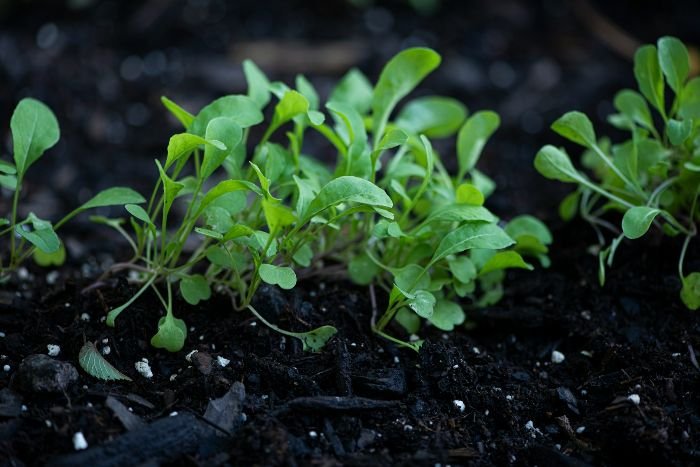
Planting Arugula Seeds
Selecting the Right Arugula Varieties
Before you start an arugula garden, picking the right type is key. There are many arugula varieties, each with a unique taste and look.
Think about how strong you want your arugula to taste. Some are mild, while others are spicy. Also, consider their size. Do you need small plants or larger ones?
Some popular types are ‘Roquette,’ ‘Astro,’ and ‘Sylvetta.’ ‘Roquette’ is peppery and grows fast, great for cooks. ‘Astro’ is mild for those who like gentle flavors. ‘Sylvetta’ is wild arugula, adding a tangy twist to dishes.
Preparing the Soil and Planting Site
Arugula likes well-drained, fertile soil. Start by cleaning your planting spot. Then, make the soil loose and airy with a fork or shovel.
Add compost or manure to boost nutrients. Arugula likes slightly acidic soil. A pH level of 6.0 to 7.0 is best.
Choose a sunny or partly shady spot. If it gets too hot, some shade in the afternoon can help keep your arugula from drying up.
Optimal Conditions for Seed Germination
Arugula seeds need the right conditions to grow. Plant them when the soil is cooler, in spring or fall. Aim for a soil temperature between 50°F and 75°F.
After planting, water lightly. Be careful not to overwater, as this could rot the seeds. Keep the soil moist, but not soaked.
Give the seeds bright, but not direct, sunlight. Too much direct sun can dry the soil. A sunny window or grow light is perfect for them.
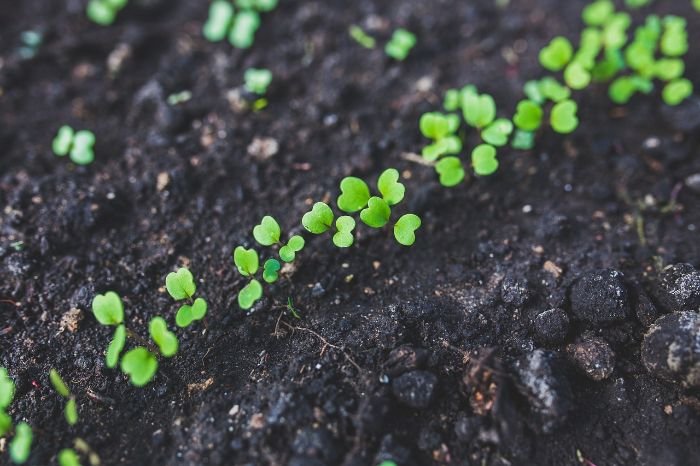
Germination and Seedling Stage
Timeline for Germination
The start of arugula’s life is very exciting. Seeds turn into sprouts in just 7 to 10 days. This process goes on for about 14 to 21 days. This is when seeds grow roots and their first true leaves.
Different things like soil temperature, water, and light affect arugula seeds. To help them grow well, keep the soil moist. Also, make sure the temperature is between 55°F and 70°F (13°C and 21°C).
Early Care for Arugula Seedlings
After arugula starts to grow, it needs good care. Water them often to keep the soil damp, not wet. Wet soil too long can cause root rot and other problems.
Arugula also needs a lot of sun or good lights. They should get at least 12-16 hours of light every day. Put them in a sunny spot or use grow lights.
Common Issues and Solutions
Arugula seedlings might face some common problems as they grow. Damping-off disease makes them fall over and die at the soil. It happens from too much water or not enough air.
To stop this disease, make sure air can flow around the plants. If it happens, pull out the sick seedlings. Then, let the rest get more air.
Pests like flea beetles, aphids, and slugs can also be trouble. Watch for bugs and act fast if you see any. Use natural ways to fight pests, like ladybugs, to keep your arugula safe.
Give your arugula the best chance to grow. Make sure they have enough water, light, and are safe from pests. This will help them move from seedlings to stronger, bigger plants.
Vegetative Growth Stage
The vegetative growth stage is key for arugula plants. They grow a lot of leaves now. This is important for later when we want to collect lots of tasty greens.
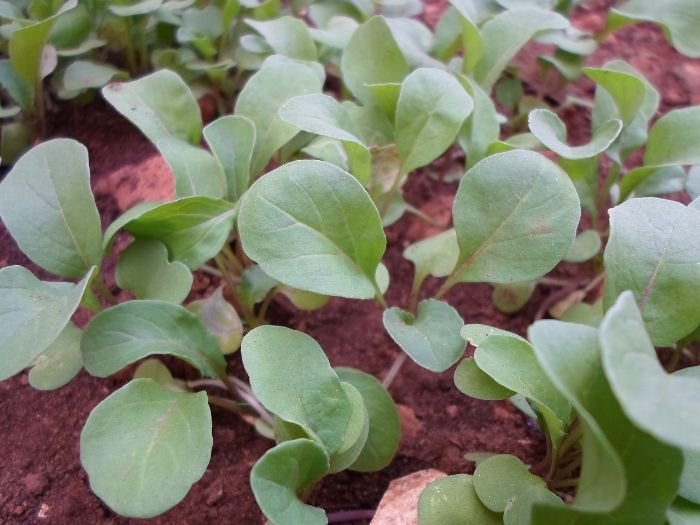
Development of True Leaves
Arugula plants start making true leaves as they grow. These leaves come after the first, smaller ones. They look like the real leaves of arugula. Seeing these means the plant is ready to grow more.
Nutrient and Watering Requirements
Arugula needs special care during its growth stage. Lots of nutrients and the right amount of water make its leaves healthy. Use fertilizers with a lot of nitrogen to make the plants’ leaves nice and green. Don’t forget to water them just enough. Too much water can stop the growth.
Ensuring Healthy Leaf Growth
Watching for problems is a must to keep arugula plants healthy. Check for yellow leaves, slow growth, or weak plants. Treat these signs with different or more natural fertilizers.
Too much water is bad for arugula, causing diseases that harm the leaves. Always let the soil get a bit dry before watering again. This way, the plant’s roots stay healthy.
Rapid Growth Phase
The rapid growth phase is key in arugula growing. This is when the plants get bigger and make more leaves. Understanding growth factors, managing space, and keeping pests away is important now.
Factors Influencing Fast Growth
Many things help arugula grow quickly. They need the right amount of sunlight, water, and nutrients. Arugula likes sunny spots, getting at least 4-6 hours of sun daily. It needs enough water to keep the soil moist, but not soaked. Also, giving it good nutrients with organic fertilizers boosts growth.
Managing Spacing and Thinning
Spacing and thinning are crucial for arugula’s growth. They need enough space for air and to avoid getting sick from being too close. Keeping each arugula plant 4-6 inches apart is a good idea. When the plants are young, thin them out by removing some to give others more room. This is important not to hurt the plants left behind.
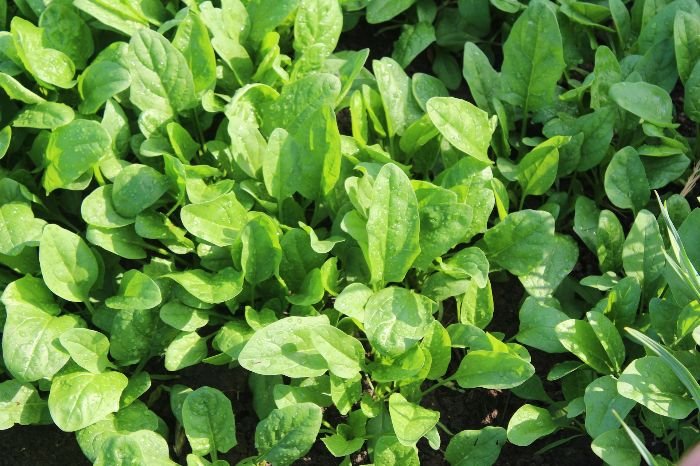
Protection from Pests and Diseases
While growing fast, arugula can face pests and diseases. Flea beetles, aphids, and caterpillars are common issues. Checking your plants often and using natural pest controls early can stop these bugs. Diseases like damping-off and mildews are also risks. Good air flow, staying clean, and not overwatering help against them. If diseases spread, a gardening expert might recommend organic treatments.
Harvesting Arugula Leaves
Harvesting arugula leaves is a great reward for your work. You get to add their fresh, peppery taste to your dishes. To keep arugula tasting fresh, harvest it at the right time with the best methods. Also, keep harvesting regularly to have arugula all season.
Determining the Best Time to Harvest
Choosing the right time to harvest arugula is crucial. It should be done when leaves are 2 to 4 inches long and taste the way you like. Some prefer it spicier, so taste as it grows to find your favorite time to pick.
Techniques for Harvesting for Peak Flavor
To get the best taste from arugula, try cutting the leaves with scissors. By starting with the outer leaves, the inner ones keep growing. This means you can keep harvesting as your arugula grows.
Or, pick them by hand gently to avoid damaging the plant. This way is good for getting leaves right before you use them. Make sure to not bruise or wilt the arugula as you handle it.
Continuous Harvesting Methods
To keep picking arugula all season, use the “cut and come again” method. Cut outer leaves when they are the right size. The plant will keep growing new leaves for you to pick.
Also, plant new seeds every few weeks for a longer harvest season. This way, you always have fresh arugula available. These steps help you enjoy arugula in salads, sandwiches, and more dishes.
Post-Harvest Care
After picking arugula, it’s key to keep it fresh. This ensures its taste stays the same for longer periods. Here’s how you should store your arugula:
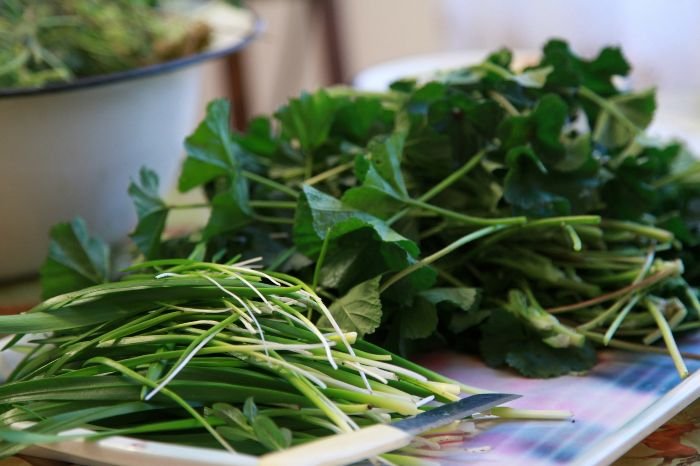
Storing Freshly Harvested Arugula
- Wash arugula leaves gently to get rid of any dirt. Be gentle to avoid hurting the leaves.
- Use a soft towel to dry the washed leaves well. Too much water can make the leaves go bad.
- Place the leaves loosely in a paper towel or perforated bag. This keeps the right amount of moisture in. Don’t seal them in airtight bags since they’ll spoil fast.
- Put the wrapped or bagged arugula in the fridge’s vegetable drawer. It’s good for them because it’s a bit more humid. Or, use a drawer with damp paper towel.
- Check the arugula often. Remove any leaves that look bad. This stops the rest from getting spoiled.
These tips will keep your arugula crisp up to a week. Always treat the leaves gently to keep their taste and texture great. Use your arugula in dishes like salads and sandwiches. They add a nice, spicy flavor!
Tips for Maintaining Arugula Flavor
Growing arugula at home lets you enjoy its unique, peppery taste. Keeping that flavor great involves a few key tips. Make sure your arugula gets the right amount of water and light. This helps make your arugula harvest taste wonderful.
Ideal Growing Conditions for Best Flavor
Arugula grows best when it’s a bit cool, around 55°F to 70°F. It loves the sun, needing at least 6 hours of sunlight daily. Good soil that drains well and isn’t too acidic (6.0 to 7.0 pH) is also important.
Watering Practices to Enhance Taste
Watering your arugula well is critical for its taste. It needs consistent moisture but not too much. Always check the soil to avoid overwatering. Use a drip system or soaker hose to water at the base and not the leaves.
Test the soil moisture by sticking your finger in about 1 inch. If it’s dry, it’s time to water. But watch out for making the soil too wet. That can harm your arugula’s roots and change its flavor.
These watering and growth tips will help you get a great arugula harvest. Remember, the right conditions and watering are key for tasty, homegrown arugula.
Conclusion – Enjoying Homegrown Arugula
Growing arugula at home is great for many reasons. You get to grow something fresh and healthy. It tastes better than store-bought. And it adds nutrition to your meals. In this article, we’ve learned how to grow arugula. We’ve shared tips to keep it tasting great and staying fresh.
Watching arugula grow is a fun process. You start with tiny seeds and end up with lush green leaves. You’ll love taking care of your arugula. And you’ll feel proud when you get to pick it and eat it.
Homegrown arugula tastes amazing. Plus, you always have some on hand. You can use it in many dishes. Like salads, sandwiches, or pesto. The best part is, you know it was grown with love. This makes the taste even better.
Ready to grow your arugula? First, pick the right kind of arugula. Then, get your soil ready. Make sure the seeds have a good place to grow. As your arugula grows, care for it well. Your hard work will pay off with lots of delicious arugula from your garden.
FAQ
What are the different stages of arugula growth?
There are six stages of arugula growth. These include planting the seeds and seeing them hatch. Seedlings then grow into plants. They start to produce leaves, grow quickly, and are finally ready to harvest.
What are the benefits of growing arugula?
Growing arugula at home is great. It’s full of nutrients, tastes fresh, and is easy to grow. You get a lot of tasty greens to use in your meals.
How do I prepare the soil for arugula cultivation?
Good soil is key for arugula. Make sure it drains well and is full of nutrients. Clear out any weeds and mix in organic matter for better growth.
What are the optimal conditions for arugula seed germination?
Arugula seeds like it cool, between 40-65°F. They need moisture and sunlight too. Plant them shallowly and keep the soil damp until they sprout.
How long does it take for arugula seeds to germinate?
Arugula seeds usually start to grow in 7-14 days if the conditions are right.
How should I manage spacing and thinning during the rapid growth phase?
Make sure the plants aren’t too close together. Arugula needs space to grow. Keep them 6-8 inches apart and remove any weak plants.
When is the best time to harvest arugula leaves?
Pick arugula when it’s big enough and tastes the best. This is usually after 3-6 weeks from planting, depending on the type.
What are the techniques for harvesting arugula leaves?
Cut the leaves as you need them or take the whole plant from the bottom. Be gentle and do this often to encourage more growth.
What are the ideal growing conditions for the best flavor in arugula?
Arugula does best in cooler weather, between 45-60°F. It likes a lot of sun. Plant it in rich, well-drained soil that’s a bit acidic.






